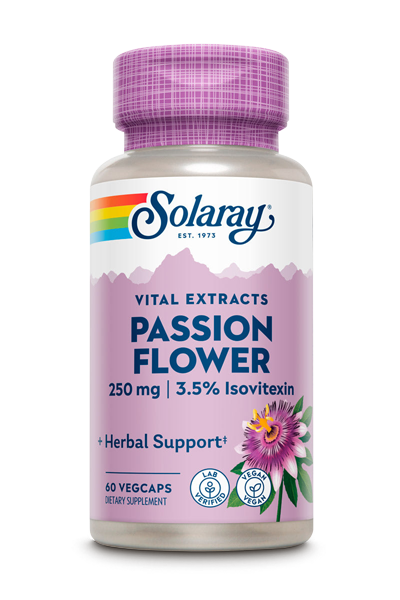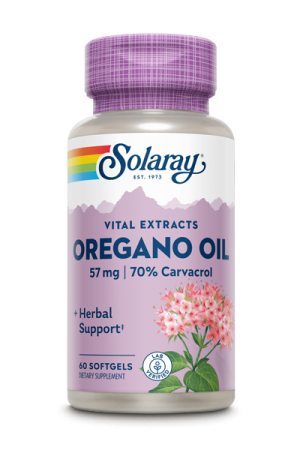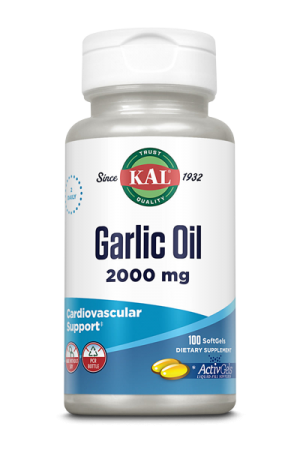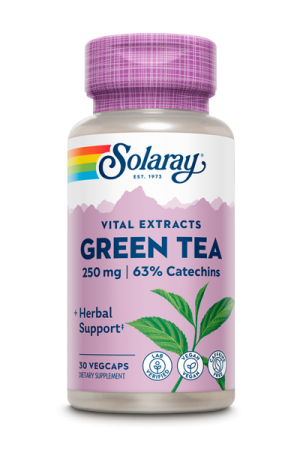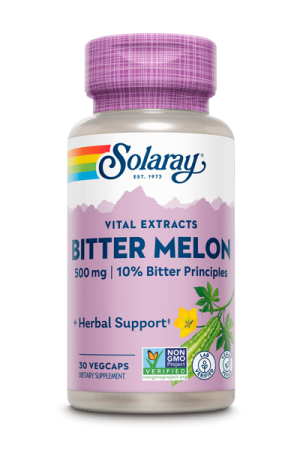Opis
Passiflora (Passiflora incarnata) is a perennial shrub-like climbing plant from the Passifloraceae family. The homeland of passionflower is Brazil and Peru. Its flower consists of five stamens (representing the five wounds of Christ), a three-part pistil (representing three nails) and thin threads around the anther (representing Jesus’ crown). Her appearance was reminiscent of Christ’s suffering, and from that she got the name (passion). In 1569, the Spanish doctor Alfonso Monardes brought it to Europe, along with documentation on its medicinal use. Natives in the southeastern part of North America used this plant for various treatments, while the Aztecs used it mostly as a sedative and antispasmodic.
There are up to 400 species of passionflower in the world, of which, for example, Passiflora cerula contains poisonous cyanide, and the leaves of Passiflora edulus are sometimes used to adulterate some drugs, while Passiflora incarnata is the one that has medicinal properties, and therefore it is necessary to distinguish the plants well.
In the chemical composition, flavonoids stand out, mainly the sugar compounds luteolin and apigenin. The composition of this group of compounds, which consists of isovitexin, isoorientin, shaftozide and others, varies greatly depending on where the plant grows. The plant also contains a very small amount of essential oil, which is not an active component of the plant. It also contains alkaloids – compounds such as harmol, harmalol and harmane – which are generally considered a group of compounds with a strong, often dangerous effect, and there are very few of them in passionflower and they are often absent. Regardless of the fact that we find alkaloids in such a low concentration, it is possible that they are also one of the active compounds.
In most products on the European market, these alkaloids are often undetectable. Scientists, as often happens in the chemistry of medicinal plants, argue about which group of compounds is responsible for the medicinal effect. Are they flavonoids, alkaloids or some other water-soluble molecules? It seems that a whole series of compounds is essentially required for the effect, so care should be taken to use the highest quality extract possible.
Passionflower is best used in the form of an extract, where due to the special extraction technology, the most effective components of the plant are preserved, which cannot be extracted either in tea or in water.
Solaray Passion Flower contains a standardized amount of flavonoids and isovitexins, and is taken one capsule a day.
Ingredients: passion flower, vegetable cellulose capsule, cellulose emulsifier and/or filler maltodextrin, anti-caking agent silicon dioxide, emulsifier magnesium stearate.
Instructions for use: take 1 capsule a day (with a meal or a glass of water) or as recommended by a professional.
Notes: Keep out of the reach of small children. Recommended daily doses should not be exceeded. A dietary supplement is not a substitute or replacement for a balanced diet. It is important to follow a balanced and varied diet and a healthy lifestyle.
WARNING: It is necessary to consult a doctor or professional person before taking a dietary supplement. People taking medication should consult a doctor before taking it. Not recommended for pregnant and lactating women and children under 12 years of age. Do not use if the protective cover under the cap is missing or damaged.
Storage conditions: in a dry and dark place at a temperature of up to 25°C.
Best used by: Date printed on original packaging.

